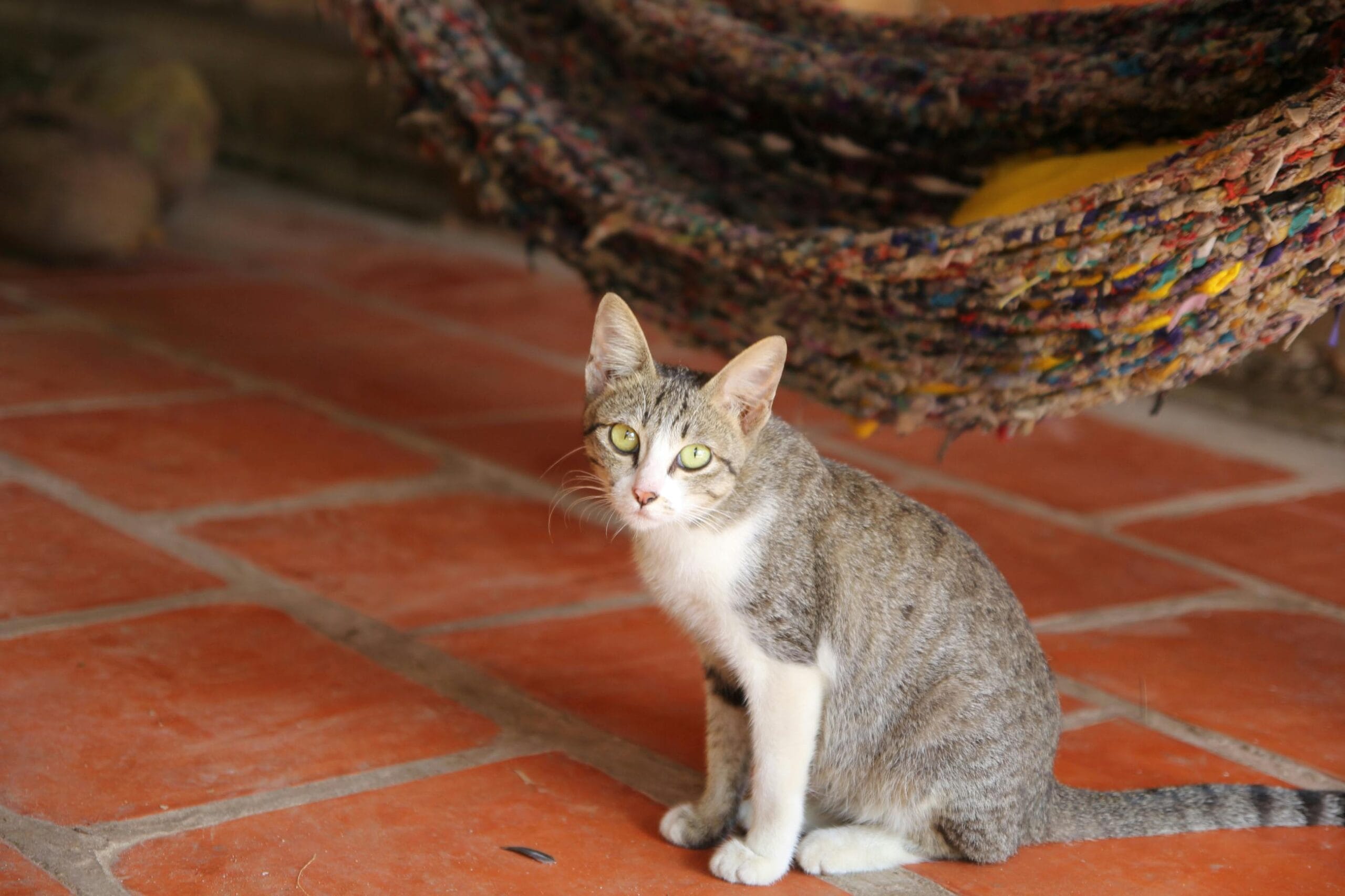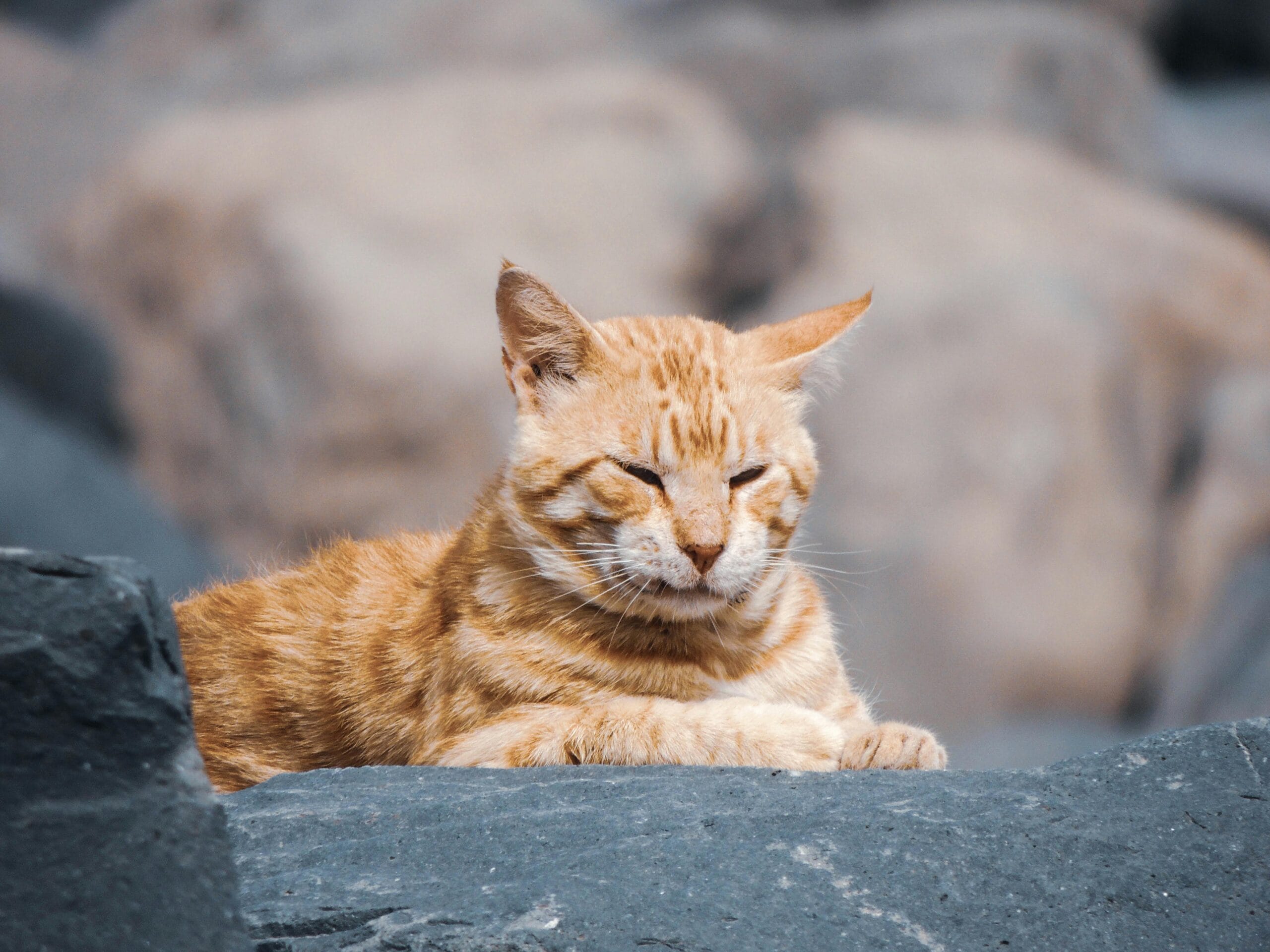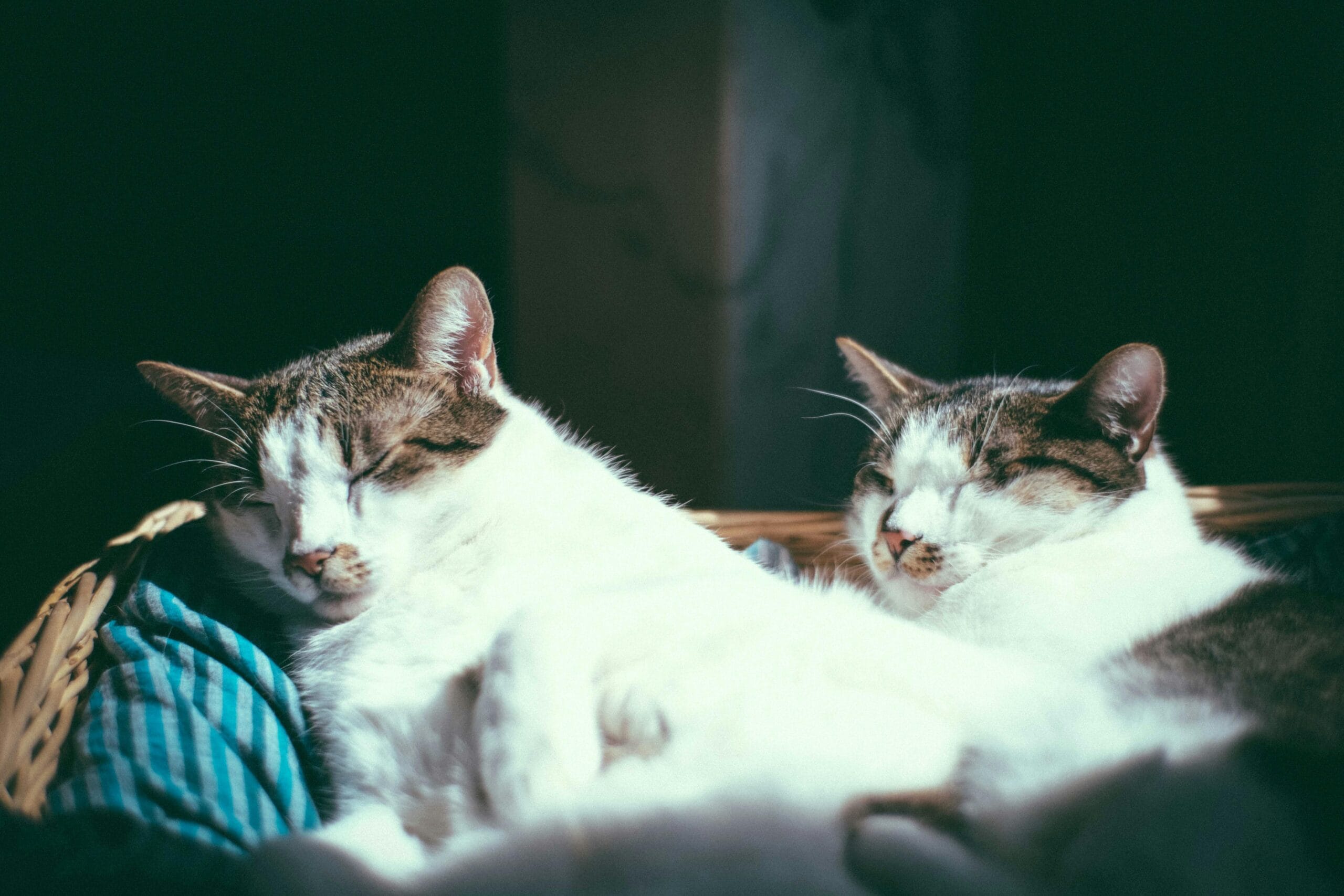How To Make Cat Food ?

Learn How To Make Cat Food! Discover homemade cat food recipes & the best ingredients for a healthy, delicious diet. Save money & ensure your cat gets the nutrition they deserve. Easy recipes included!
How To Make Cat Food: A Comprehensive Guide to Homemade Cat Food Recipes
Are you considering making your own cat food? Many cat owners are turning to homemade cat food recipes for a variety of reasons, from concerns about commercial ingredients to a desire to provide their feline friends with a more tailored diet. This comprehensive guide will walk you through everything you need to know about creating nutritious and delicious homemade cat food, focusing on the best ingredients for homemade cat food and ensuring your cat gets the complete nutrition they need. While homemade food can be beneficial, remember to consult with your veterinarian before making any significant changes to your cat’s diet.
Understanding Your Cat’s Nutritional Needs
Before diving into homemade cat food recipes, it’s crucial to understand the essential nutrients your cat requires. Cats are obligate carnivores, meaning their bodies are designed to thrive on meat-based diets. Their nutritional needs differ significantly from those of dogs or humans. A balanced homemade cat food should include:
- High-quality protein: This forms the foundation of a cat’s diet. Excellent sources include chicken, turkey, beef, fish (like salmon or tuna – but limit tuna due to mercury), and eggs.
- Essential fatty acids: These are vital for healthy skin and coat. Sources include fish oil, flaxseed oil, and chicken fat.
- Taurine: An essential amino acid crucial for heart and eye health. It’s readily available in meat-based protein sources.
- Vitamins and minerals: A complete and balanced diet requires a careful balance of vitamins (A, D, E, K, B vitamins) and minerals (calcium, phosphorus, iron, etc.). This can be challenging to achieve without supplementation or the use of commercially available cat food supplements. A veterinarian can guide you on appropriate supplementation.
- Fiber: While cats don’t need as much fiber as humans or dogs, small amounts from vegetables like pumpkin or green beans (cooked and pureed) can aid digestion.
Best Ingredients for Homemade Cat Food
Choosing the best ingredients for homemade cat food is critical for your cat’s health and well-being. Avoid using ingredients toxic to cats, such as onions, garlic, grapes, raisins, chocolate, and xylitol (artificial sweetener). Opt for:
- Lean meats: Choose high-quality, lean cuts of meat. Trim away excess fat to minimize potential digestive issues and maintain a healthy weight.
- Organ meats (in moderation): Liver, kidneys, and heart are excellent sources of vitamins and minerals, but should be given in small amounts (no more than 10-15% of the total diet) due to high vitamin A content. Too much vitamin A can be toxic.
- Bone broth (optional): Adds flavor and some nutrients, but make sure bones are properly cooked to avoid splinters.
- Healthy fats: Small amounts of healthy fats like those found in fish oil or chicken fat are beneficial for skin and coat.
- Vegetables (in moderation): Cooked and pureed vegetables like pumpkin, green beans, and carrots can be added in small quantities.
Homemade Cat Food Recipes: Simple and Nutritious
Here are a few sample homemade cat food recipes. Remember to always consult your vet before switching your cat to a homemade diet. These recipes are merely starting points; you may need to adjust them based on your cat’s preferences and individual needs. It’s also advisable to introduce new recipes gradually to avoid digestive upset.
Recipe 1: Simple Chicken and Rice
This recipe is perfect for beginners and provides a good balance of protein and carbohydrates.
- 1 lb boneless, skinless chicken breast, cooked and finely chopped
- 1/2 cup cooked brown rice
- 1 tbsp cooked and pureed carrots
- 1 tsp fish oil
Combine all ingredients and mix well. Serve at room temperature. This recipe can be stored in the refrigerator for 2-3 days or frozen for longer storage.
Recipe 2: Turkey and Sweet Potato
A delicious and nutritious option, this recipe offers a good source of fiber.
- 1 lb ground turkey, cooked
- 1/2 cup cooked and mashed sweet potato
- 1/4 cup green beans, cooked and pureed
- 1/2 tsp fish oil
Mix all ingredients thoroughly. Serve chilled or at room temperature. Store leftovers as described above.
Recipe 3: Salmon and Spinach
This recipe provides essential fatty acids and vitamins.
- 1 can (5 oz) salmon, drained and flaked (choose canned salmon packed in water)
- 1/4 cup cooked spinach, pureed
- 1 tbsp cooked brown rice
- 1/4 tsp kelp (optional, provides iodine)
Combine all ingredients and mix well. Ensure the bones are removed from the salmon completely before serving. Refrigerate or freeze leftovers.
Important Considerations When Making Homemade Cat Food
Creating your own cat food requires attention to detail and careful planning. Here are some crucial points to keep in mind:
- Nutritional Balance: It’s incredibly difficult to perfectly balance a homemade cat food diet without professional nutritional guidance. Consider consulting a veterinary nutritionist for help formulating a complete and balanced diet for your cat. They can help you create recipes that meet your cat’s specific needs and avoid nutritional deficiencies. The American Veterinary Medical Association (AVMA) can help you find a board-certified veterinary nutritionist in your area.
- Food Safety: Always practice good food safety procedures. Cook meats thoroughly, wash your hands frequently, and store leftovers properly. Avoid leaving food out at room temperature for extended periods.
- Gradual Transition: Never switch your cat completely to a homemade diet overnight. Gradually introduce the new food over 7-10 days, slowly increasing the proportion of homemade food while decreasing the amount of commercial food. This helps prevent digestive upset.
- Portion Control: Monitor your cat’s weight and adjust portion sizes accordingly. Overfeeding can lead to obesity, while underfeeding can result in malnutrition.
- Supplementation: It’s highly recommended to supplement homemade cat food with a high-quality commercial cat food supplement, especially if you are not working with a veterinary nutritionist to ensure you meet all of your cat’s nutritional needs. This helps fill in any nutritional gaps. You can find them at most pet supply stores.
The Benefits and Drawbacks of Homemade Cat Food
Making your own cat food can offer several advantages, including knowing exactly what ingredients are in your cat’s food and the potential to cater to specific dietary needs or allergies. However, it also comes with challenges. The preparation time and effort required is significant, and ensuring nutritional completeness without professional guidance is extremely challenging. A proper balance of nutrients is essential for your cat’s health. An unbalanced diet can lead to severe health issues. The financial cost of high-quality ingredients can also outweigh the cost of commercial cat food. PetMD offers numerous articles about cat nutrition and health. This is a fantastic resource for additional information.
Monitoring Your Cat’s Health
Regularly monitor your cat’s weight, coat condition, energy levels, and stool quality. Any significant changes warrant a visit to the veterinarian. They can perform blood tests and other diagnostic procedures to check for nutritional deficiencies or other health problems. International Cat Care is a great resource for more information on cat health and care.
Conclusion: Embark on Your Homemade Cat Food Journey
Making homemade cat food can be a rewarding experience, but it requires careful planning, commitment, and an understanding of your cat’s nutritional requirements. By carefully selecting the best ingredients for homemade cat food and following these guidelines, you can provide your feline companion with a delicious and nutritious diet. However, always remember that consultation with your veterinarian or a veterinary nutritionist is paramount to ensure your cat’s health and well-being.
Share Your Experience!
Have you tried making homemade cat food? Share your homemade cat food recipes, tips, and experiences in the comments below! Let’s build a supportive community of cat owners who are passionate about providing the best nutrition for their beloved companions. What best ingredients for homemade cat food have you discovered? What recipes have worked best for your cat? We’d love to hear from you!

10 FAQs: How To Make Cat Food
1. Q: Is making homemade cat food really worth the effort?
A: Making homemade cat food can be worthwhile if you want complete control over ingredients and are comfortable with the time commitment. It’s crucial to ensure the recipe is nutritionally balanced to avoid deficiencies. Pre-made commercial cat food is often convenient and formulated for complete nutrition, so weigh the pros and cons based on your cat’s needs and your lifestyle. Researching Homemade Cat Food Recipes is essential before starting.
2. Q: What are the best ingredients for homemade cat food?
A: The Best Ingredients for Homemade Cat Food include high-quality protein sources like cooked chicken, turkey, or fish (boneless and skinless), along with healthy fats like salmon oil or cooked egg yolks. Include vegetables like cooked carrots and green beans (in moderation) for added nutrients. Consult a vet or veterinary nutritionist to ensure you’re meeting all your cat’s nutritional requirements.
3. Q: How do I ensure my homemade cat food is nutritionally balanced?
A: This is crucial! Creating a balanced recipe for How To Make Cat Food requires careful research and may involve using nutritional supplements to meet all your cat’s needs (taurine, for example). It’s highly recommended to consult a veterinary nutritionist to develop a recipe specifically tailored to your cat’s age, breed, and health status. Simply copying recipes online without professional guidance is risky.
4. Q: Can I just use leftover human food for my cat?
A: No. Many human foods are toxic to cats (onions, garlic, grapes, chocolate). Even seemingly safe foods might lack essential nutrients or contain harmful ingredients for cats. Always stick to recipes specifically designed for feline nutrition when learning How To Make Cat Food.
5. Q: How often should I feed my cat homemade food?
A: The feeding frequency depends on your cat’s age, activity level, and the specific Homemade Cat Food Recipes you’re using. Consult your vet for personalized advice. Generally, adult cats might eat twice a day, while kittens may need more frequent meals.
6. Q: How should I store homemade cat food?
A: Store homemade cat food in airtight containers in the refrigerator for up to 3-4 days. For longer storage, you can freeze portions in individual containers. Always thaw completely before feeding.
7. Q: Are there any specific recipes for kittens or senior cats?
A: Yes, the nutritional needs of kittens and senior cats differ significantly. Kittens require higher caloric intake for growth, while senior cats may need lower calorie, easily digestible foods. Finding age-appropriate Homemade Cat Food Recipes is crucial, and veterinary consultation is strongly recommended.
8. Q: What are some common mistakes to avoid when making homemade cat food?
A: Common mistakes include nutritional imbalances, using toxic ingredients, and improper food storage. Always research thoroughly, consult a vet, and follow food safety guidelines. Improperly balanced How To Make Cat Food recipes can lead to serious health problems.
9. Q: Where can I find reliable Homemade Cat Food Recipes?
A: Several websites and books offer cat food recipes, but prioritize sources that are reviewed by veterinary nutritionists. Always double-check nutritional adequacy with your veterinarian before feeding your cat a homemade diet. Always start with small amounts of a new recipe to monitor your cat’s digestion.
10. Q: Is homemade cat food more expensive than commercial food?
A: The cost can vary. High-quality ingredients may make homemade food more expensive than budget commercial brands. However, it could be comparable to or cheaper than premium commercial brands, depending on your choices and the prices of ingredients in your area. Consider all factors, including time investment, before making a decision on How To Make Cat Food.

How to Make Homemade Cat Food: Practical Tips and Health Considerations
Making your cat’s food at home can be rewarding, offering control over ingredients and potentially addressing dietary sensitivities. However, careful planning and execution are crucial to ensure nutritional balance and safety.
Essential Ingredients and Nutritional Balance
A balanced homemade cat food recipe must include:
- High-quality protein: Cooked meat (chicken, turkey, beef, fish – avoid raw), eggs, or organ meats (liver, kidney in moderation).
- Healthy fats: Small amounts of cooked chicken fat, fish oil (rich in Omega-3s), or coconut oil.
- Carbohydrates (in moderation): Cooked sweet potato, brown rice, or small amounts of pumpkin puree.
- Essential nutrients: Consult a veterinarian or veterinary nutritionist for guidance on adding supplements like taurine, vitamin A, and other micronutrients, as homemade diets may lack these essential components. Pre-made supplements formulated for cats are available.
Recipe Considerations & Safety
Avoid these ingredients: Onions, garlic, grapes, raisins, chocolate, and xylitol (artificial sweetener) are toxic to cats.
Bone Handling: Cook bones thoroughly to reduce splintering risk. Avoid giving raw bones.
Food Preparation & Storage: Always thoroughly cook meats to eliminate pathogens. Store leftover food properly in airtight containers in the refrigerator for no more than 2-3 days, or freeze for longer storage.
Health Considerations and Veterinary Consult
Veterinary Consultation: Before switching your cat to a homemade diet, consult your veterinarian or a veterinary nutritionist. They can help you create a balanced recipe tailored to your cat’s age, breed, health conditions, and activity level. Regular checkups are crucial to monitor your cat’s health while on a homemade diet.
Gradual Transition: Introduce homemade food gradually over 7-10 days, mixing it with their current commercial food to prevent digestive upset.
Monitor for Allergic Reactions: Watch for any signs of allergies, such as vomiting, diarrhea, skin irritation, or changes in appetite. If symptoms appear, discontinue the food immediately and contact your veterinarian.
Nutrient Deficiencies: Homemade diets can lead to nutrient deficiencies if not properly formulated. Regular blood tests can help monitor your cat’s nutrient levels.
Food Safety: Maintain high hygiene standards during food preparation to prevent bacterial contamination.
SEO Keywords:
homemade cat food, cat food recipes, healthy cat food, raw cat food, homemade cat food recipes, best cat food, cat food ingredients, DIY cat food, cat nutrition, veterinary nutritionist, cat food allergies, cat food safety